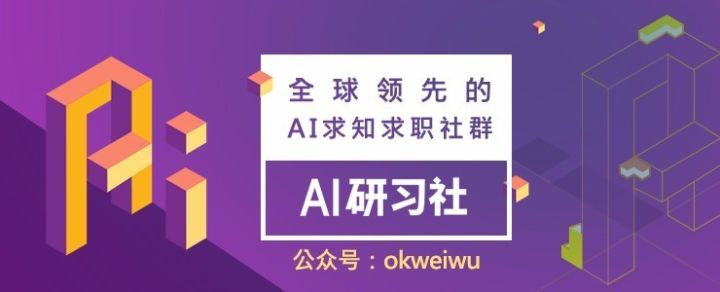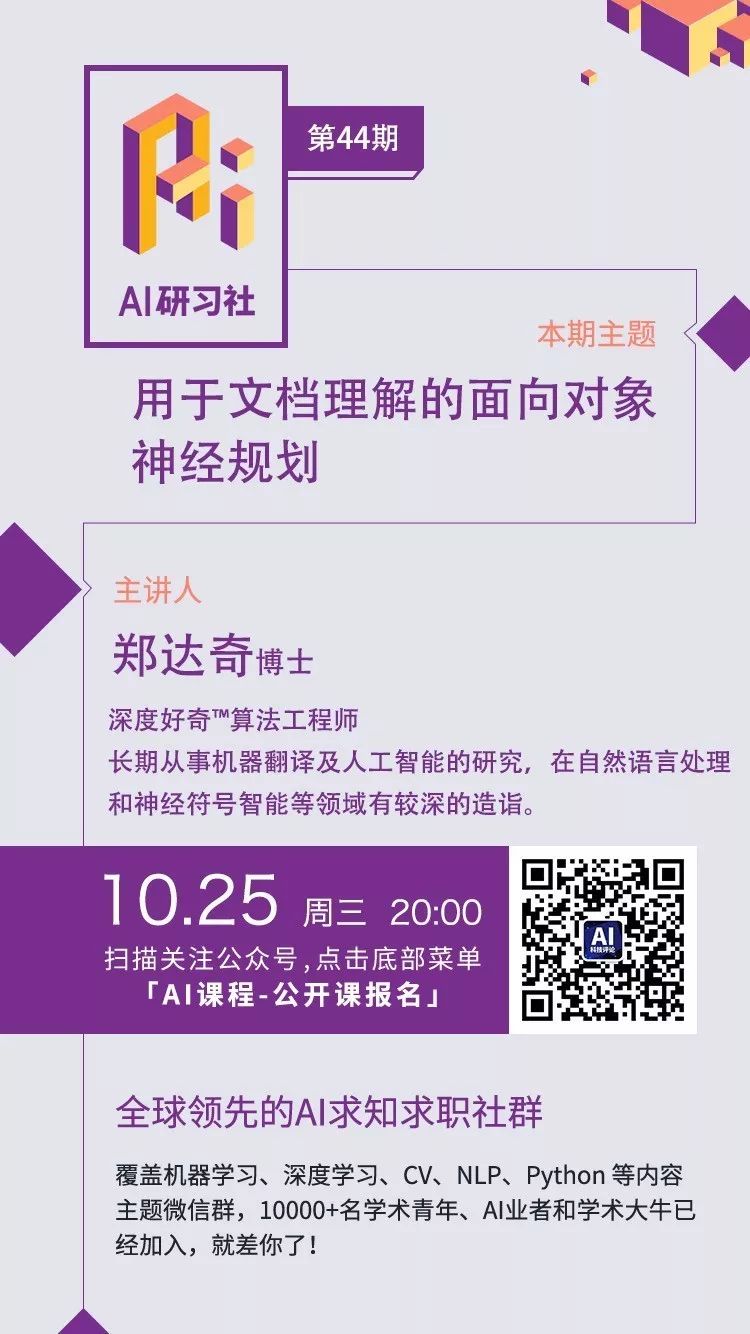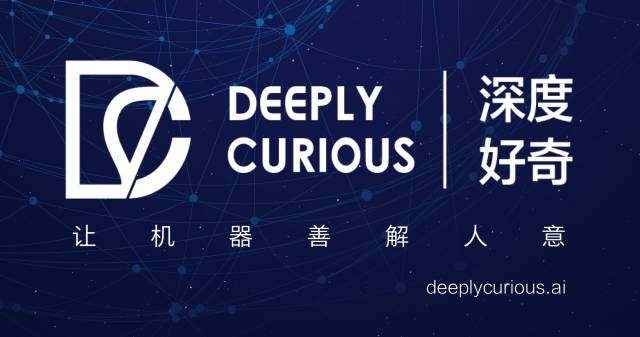深度好奇™算法工程师:用于文档理解的面向对象神经规划 | 雷锋公开课
分享内容
▼
深度好奇提出了用于垂直领域文档理解的OONP框架,它使用离散的对象本体图结构作为中间状态,该状态被OONP创建、更新直至最终输出。这个解析过程被OONP转化成为按照文本阅读顺序的离散动作的决策序列,模仿了人理解文本的认知程。OONP框架提供了神经符号主义的一个实例:在OONP框架内,连续信号、表示、操作和离散信号、表示、操作紧密结合,形成信息闭环。这使得OONP可以灵活地将各种先验知识用不同形式加入到行间记忆和策略网络中。为了优化OONP,深度好奇利用监督学习和强化学习以及二者的各种混合态,以适应不同强度和形式的监督信号以训练参数。
《Object-oriented Neural Programming (OONP) for Document Understanding》
论文地址:https://arxiv.org/abs/1709.08853
We propose Object-oriented Neural Programming (OONP), a framework for semantically parsing documents in specific domains. Basically, OONP reads a document and parses it into a predesigned object-oriented data structure (referred to as ontology in this paper) that reflects the domain-specific semantics of the document. An OONP parser models semantic parsing as a decision process: a neural net-based Reader sequentially goes through the document, and during the process it builds and updates an intermediate ontology to summarize its partial understanding of the text it covers. OONP supports a rich family of operations (both symbolic and differentiable) for composing the ontology, and a big variety of forms (both symbolic and differentiable) for representing the state and the document. An OONP parser can be trained with supervision of different forms and strength, including supervised learning (SL) , reinforcement learning (RL) and hybrid of the two. Our experiments on both synthetic and real-world document parsing tasks have shown that OONP can learn to handle fairly complicated ontology with training data of modest sizes.
分享主题
▼
Object-oriented Neural Programming (OONP) for Document Understanding
用于文档理解的面向对象神经规划
分享人简介
▼
郑达奇,博士期间师从中科院计算所/都柏林城市大学刘群教授,后加入深度好奇。期间作为学术带头人在深度学习用于长文本生成等项目有重要贡献,参与了面向对象的神经规划、非线性文本表示等研究项目。郑博士长期从事机器翻译及人工智能的研究,在自然语言处理和神经符号智能等领域有较深的造诣。
分享时间
▼
北京时间10月25日(周三) 20:00
参与方式
▼
扫描海报二维码,点击底部菜单
复旦Ph.D沈志强:用于目标检测的DSOD模型(ICCV 2017)
如果你觉得活动不错,欢迎点赞并转发本文~
▼▼▼








